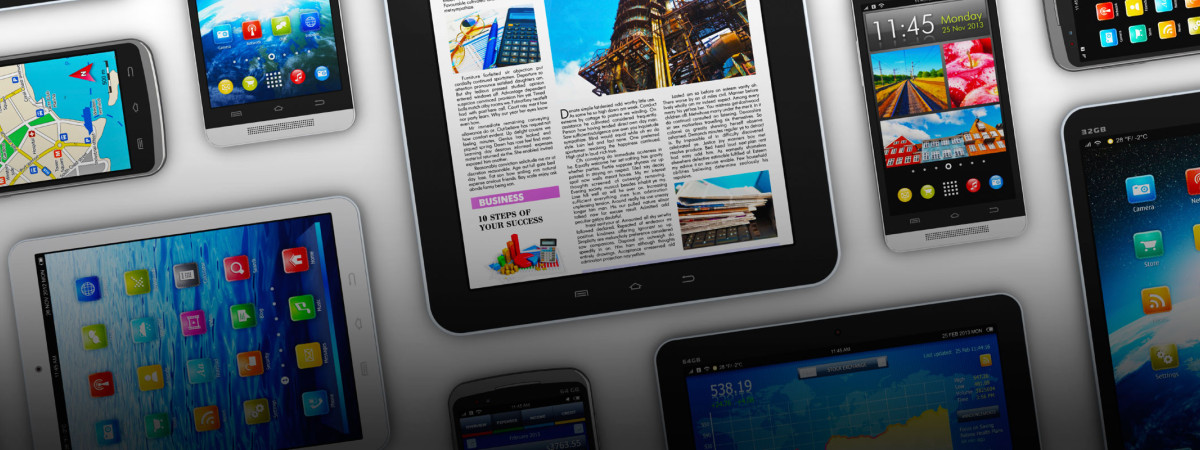
We’re based in BSR’s downtown San Francisco office. It’s impossible for us to miss how innovation in the internet and electronics industries are transforming our day-to-day lives: We can’t step outside without seeing a robot in a self-driving car delivering lunch on-demand while wearing a virtual reality headset.
There is no doubt that innovation in electronics will help us achieve many great things. These are exciting times. But this got us thinking: What is the future for green electronics? How can we ensure that sustainability factors are integrated from the start, not bolted on afterwards? What’s going to change, and what should we pay attention to?
Here are a few trends that we’ve observed, both inside our San Franciscan early-adoption bubble, and through the work we do with companies in the information and communications technology and manufacturing sectors.
- How electronics are made is a bigger deal. As device lifecycles shorten (we upgrade our smartphones often) and become more energy efficient (devices consume less energy when we use them), their manufacturing phase takes on much larger significance. Nearly 70 percent of Apple’s carbon footprint is in the production phase; at HP, it’s more than 40 percent.
- We’ll dispose much more than just old phones. As we mentioned above, shorter smartphone lifecycles means that disposal itself is getting more important. Furthermore, as everything from cars to toasters become smart, what else will we throw away more frequently, and do we have the infrastructure to deal with it all?
- Safety and process chemistry needs to keep pace with innovation. As companies look for new ways to make smaller, faster, and cheaper electronics, they are working with increasingly exotic chemistry. Health and safety concerns, such as possible cancer clusters and explosions, are real and require attention—and in an age when electronics are increasingly worn next to the skin, product content becomes supremely important.
- Supply chains will become more transparent and accountable. The electronics industry has made significant progress addressing conflict minerals from the Democratic Republic of the Congo (DRC). However, the DRC is not the only mining region in the world experiencing conflict, and other concerns are emerging about forced labor among Malaysian electronics suppliers, child labor in Ghanaian gold mining, and environmental degradation in Indonesian tin mining.
- Smart consumers will pay attention. Eco-rating systems are evolving to meet company and consumer needs. Systems including EPEAT’s green computer rating, UL Environment’s mobile phone rating, AT&T’s consumer-oriented handset rating, and new ratings for servers through NSF International and IEEE, are either under development or under revision to meet evolving expectations about what “green electronics” look like.
We will explore many of these challenges, opportunities, and paths forward for electronic products during the Emerging Green Conference, taking place September 22-24, 2015, in Portland, Oregon. BSR is a supporting partner of the event, and we will be moderating sessions on the connected car and materiality (i.e., prioritization) in the information and communications technology industry.
If you are interested in accelerating progress toward a greener future for electronics, consider joining us in Oregon, or tweet us your questions and thoughts.
Let’s talk about how BSR can help you to transform your business and achieve your sustainability goals.
